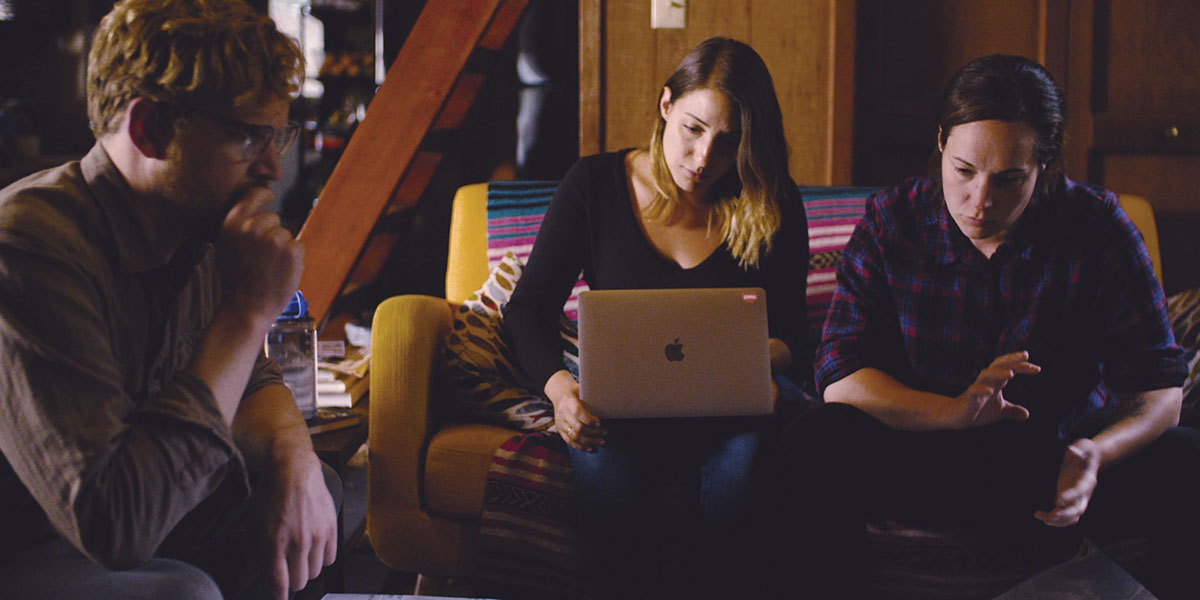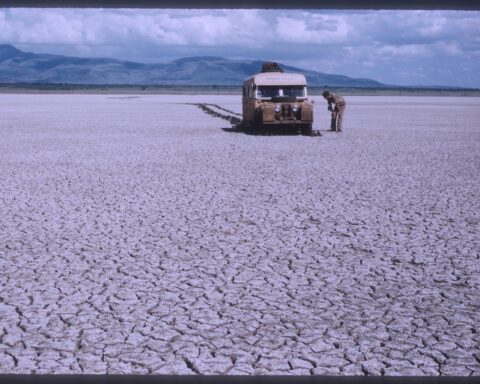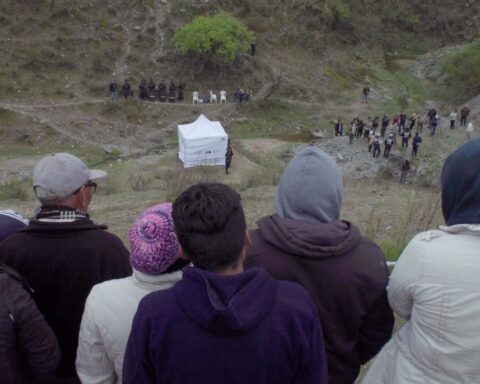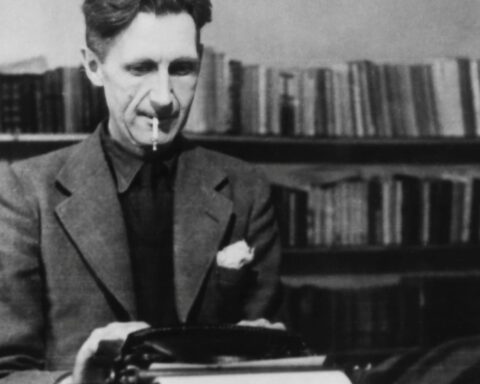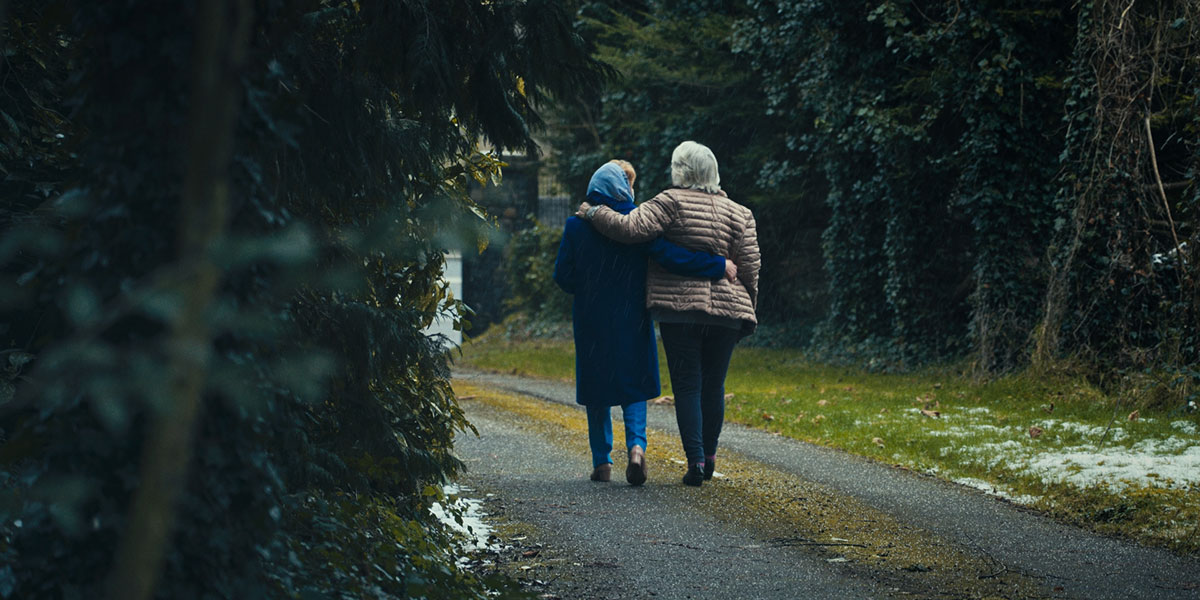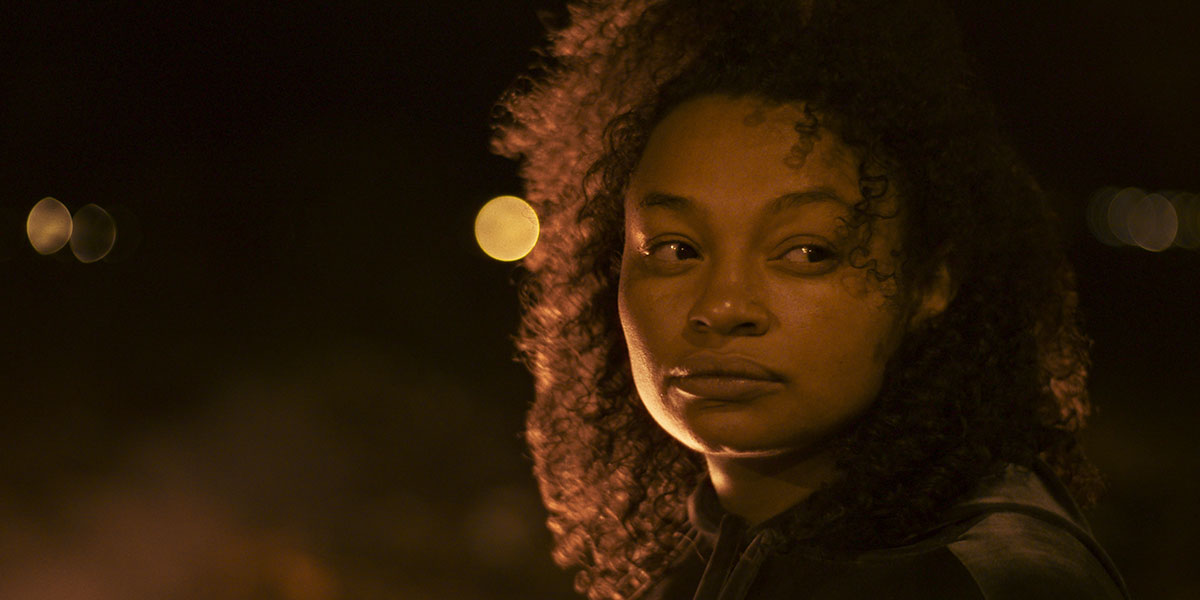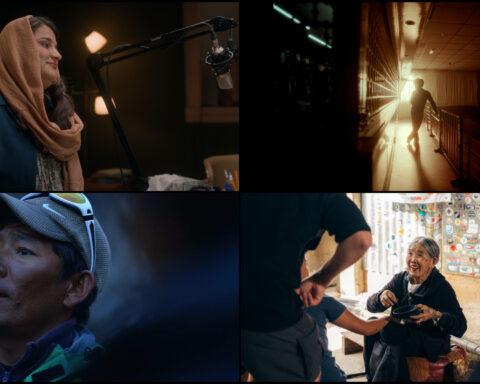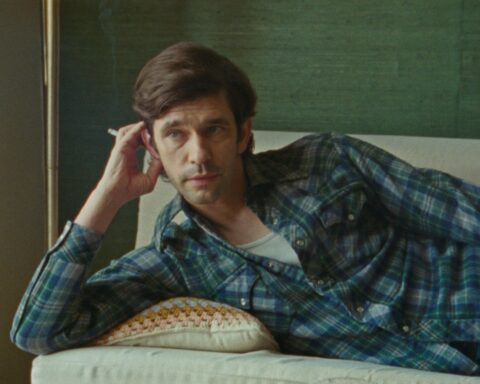Gabriela Cowperthwaite and Nate Halverson create a perfect marriage between documentary and journalism in The Grab. This taut investigative docu-thriller six years in the making follows Halverson as he digs into the global crisis of land grabs. The process essentially sees developed nations take aggressive measures to counter food scarcity and resource depletion by snapping up huge parcels of land in other countries. The aim is to pillage as much natural resources of a foreign nation to feed one’s home supply. Halverson’s inquiry into a curious matter—the acquisition of 25% of the USA’s pork supply—leads him down a rabbit hole that connects pork chops with private militia, Saudi princes, forced homelessness in Zambia, and even the war in Ukraine.
Cowperthwaite delivers on the promise of her breakthrough feature doc Blackfish, which tackled the cruelty that marine mammals face in captivity, with another incendiary exposé. The Grab connects the dots between myriad human rights issues worldwide. The journalistic rigour performed by Halverson and his colleagues Emma Schwartz and Mallory Newman draws upon a treasure trove of documents through which The Grab makes public many names, companies, associations, and channels that connect land grabs to violent power plays worldwide.
They also introduce audiences to several people on the ground fighting against land grabbing and resource draining, like Holly Irwin in Le Paz, Arizona, learns from these documents that the pension fund on which she relies, unbeknownst to her, profits from the very corporation against which she protests. In Zambia, meanwhile, human rights lawyer Brig Siachitema fights for the rights of Indigenous communities who are displaced to make room for large-scale farming.
More than one interviewee in The Grab suggests that the next world war won’t be fought over oil, but for food and water. As food prices rise and the stories in the film resonate with the small pinch one feels in one’s own life, The Grab makes one thing clear: if you’re not worried, you should be.
POV spoke with director Gabriela Cowperthwaite and journalist Nate Halverson following the world premiere of The Grab at the Toronto International Film Festival.
POV: Pat Mullen
GC: Gabriela Cowperthwaite
NH: Nate Halverson
This interview has been edited for brevity and clarity.
POV: Gabriela, you have said that you were taking time off from documentary after Blackfish to recover emotionally and repair, but then made narrative films like Megan Leavey (2017) and Our Friend (2019) in the interim. What is the mental workload of making drama versus documentary?
GC: I didn’t take too much off after Blackfish, but Blackfish owned me for years after the film was done. There were plenty of documentaries that I wanted to do, but none that I felt like I had to do until this one. In terms of going into dramatic features, my documentary subjects are usually not very lighthearted and, while I have a love for storytelling, it’s not a place I can live in exclusively. Narrative films have allowed me to continue storytelling without upping my enemy count. I love poetry, I love metaphor, I love music—I love all these things that come with storytelling. But when I’m doing documentary, there’s a heat and my adrenals are flowing in a whole different way.
POV: Nate, what’s the difference between doing long-form investigative journalism and an investigative documentary?
NH: We’ve been working on this for years and there are many elements within this documentary that I would have broken off if I were just doing a print piece. This film is probably the equivalent of seven deep investigations in a 104-minute film. There’s a moment that passes where I show Holly [Irwin] where her pension fund comes from. No one knows that. It’s not public knowledge and that was unveiled for the first time [with the premiere]. No one has broken that story. A story like that is typically a multi-month investigation, because I have to do financial analysis and find obscure, archaic documents to show that it was her pension money that was going into these land deals and that alone.
POV: Have you had any blowback now that the story’s out? Did you hear from Erik Prince?
NH: No, but we heard from Brig. He hadn’t seen the film until last night. He told us how it helped him connect the dots and how transformative he thinks it’s going to be. There’s nothing else I could read that will dismay me or make me happier. Brig said, “Other lawyers who do this are going to do more now.” It’s going to inspire future attorneys, and it’s just because the information’s getting out there.
POV: In a documentary like The Grab, which is a collaboration between a film director and a journalist, who leads the story?
NH: Gabriela. I lead the investigation, but she is the storyteller.
GC: And Nate was unbelievable. I wanted the narrative to be essentially Nate’s investigation. Having him let me watch that investigation unfold was the key to making the film. I felt like audiences could really connect and be excited by the process of peeling back. There were other stories that I knew we had to hear in the context of The Grab, so I would tee it up and Nate would have a story at the ready, and he would knock it outta the park. It was a symbiotic give-and-take that worked over the course of six years.
I wanted the narrative to be essentially Nate’s investigation. Having him let me watch that investigation unfold was the key to making the film.
– Gabriela Cowperthwaite
POV: How does it work when you’re making other films and Nate’s stories might be developing?
GC: I think the team was patient enough to understand: over the course of six years, you have mouths to feed. You have to continue directing. The space station thriller that I just did post on [I.S.S.] existed in a pod. That was three months of me fully working in that zone. As a reporter, as a director, we’re constantly juggling. There are just stories to be told and we have to jump in. It’s a world that doesn’t let you sleep.
POV: And Nate, did you sleep after the premiere when the story was out?
NH: I didn’t. It’s always like that before a deep dive investigation. It’s hard to turn your brain off. We have a fact-check spreadsheet database where every single fact in the film is fact-checked. We brought a rigorous investigative journalistic approach to this film, but my brain at night will just start going through the spreadsheet and I’ll see somebody’s chyron or their lower third.
GC: There are two levels to this. In this kind of documentary, there’s always the art and the art is never safe. It’s always at risk. You always have to protect it and make sure your vision is intact. You’re wondering if the audience is going to connect. Will it find a home, a distributor? There’s always a bit of stress and anxiety. On top of that, we have this investigative reporting journey where there are hornets’ nests left and right. Are people going to be angry or uncomfortable with some of the things we lay bare? If one goes to sleep, the other wakes up.
NH: I have to give a lot of credit to Gabriela. The challenge is making a documentary that can hold and withstand the weight of investigative reportage because it’s not just a documentary that’s art and story. It has to be able to also hold the weight of the reporting, which she did. The second layer is the interplay of those two things. It’s quite an achievement.
There are hornets’ nests left and right. Are people going to be angry or uncomfortable with some of the things we lay bare? If one goes to sleep, the other wakes up.
– Gabriela Cowperthwaite
POV: How did you choose which stories to represent this global web of interconnected stories?
GC: Honestly, I keep thinking about that. A lot of it is intuition: you look at a story, you look at the parts and at the sum of the parts. You think, “Is it accessible? Can it speak to people? Does it have a human element?” If a story has all of those factors, then it has a really good chance of living in the narrative. A lot of the stories we maybe didn’t find the human element. Other stories didn’t precisely fit in the narrative of the grab. Some of the interviewees would ghost us or not be as accessible to Nate. We have an hour and a half of the audience’s attention, and I’m very aware that keeping people’s attention is harder than it’s ever been. You have to be very surgical about those choices.
POV: How do you know when the story ends? Do you have a working cut and then the war in Ukraine breaks out, and then you find yourselves off to another shoot?
GC: I think it’s completely arbitrary. I really do. Sometimes where I would ask Nate, “Who really runs that LLC [limited liability company]?” Nate would say, “Well, that LLC is backed by another LLC, which is backed by yet another LLC.” And I would be like, “Can we get to that third LLC, and then the one behind that, and the one behind that?” Then Nate’s like, “Give me a year.” It is so hard to continue to dig, so at some point you have to say you have enough for a movie. This subject is so important to catapult into stratosphere right now and the story is going to continue.
POV: When you were reaching out to people like Erik Prince, founder of the commercial military services enterprise Blackwater and head of the private equity firm Frontier Services Corp that is implicated in the film, how do you protect your footage and information once they know you’re looking into them?
NH: We used encrypted servers. We hand delivered of all of the footage. For a long time, until we got back from Zambia, we were more careful about how the footage was stored than I’ve ever been on any project. We’d be out in location where we thought the footage could be confiscated by the government and we’d back it up on a hard drive and tape it under a table. Once you have the footage, it would break your heart, if you lost it.
POV: How do you finance a documentary like The Grab where such a big part of the film is following the money and seeing where funds are tapping into and the corporate connections that resources might have?
GC: Independent executive producers and independent people who have internal missions and a little cake at the ready. People who care enough about the topic to entrust you with a story for six years. I don’t think that happens in any arena other than the independent executive producer route. That saved us. You need a group of people who believe in you, know that you know the story, know that investigative stories take a long time to bear fruit, and are willing to stick it out with you and ride the waves. I don’t think films like this exist without them.
The Grab premiered at TIFF 2022.




